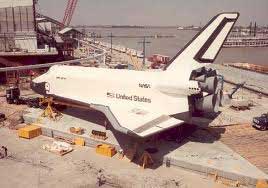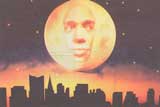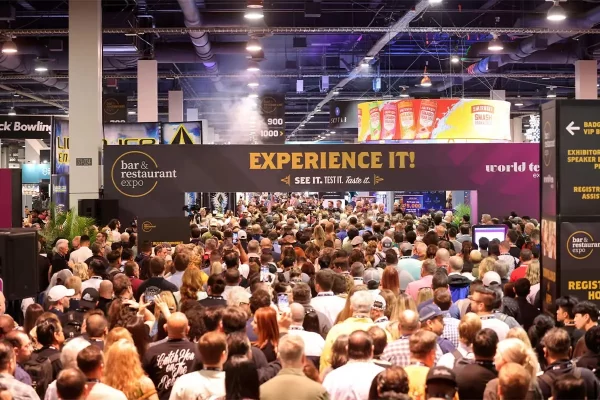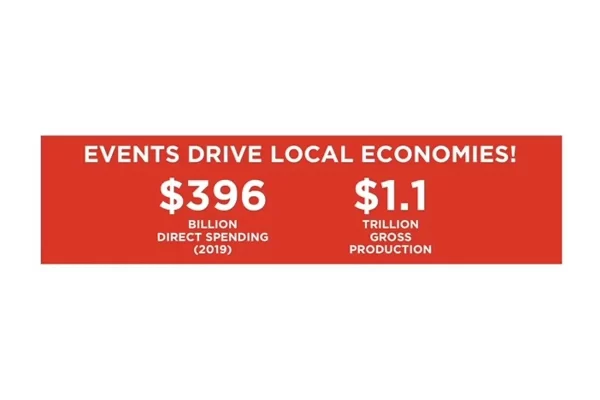1928: Convention Relating to International Exhibition
The Bureau of International Exhibitions (BIE) was established on Nov. 22, 1928, during the international exhibition convention. The goals of the newly formed BIE included overseeing the exhibition calendar and bidding and to select and organize world expositions, which are more popularly known as World Expos. The BIE also created the regulatory guidelines through which event organizers and attendees can work together under the best of conditions. The United States formerly was a member of the BIE, which now has 157 member nations. But the U.S. ceased participation in 2001 and has not allocated membership funds since. The BIE regulates registered exhibitions, which also are known as World Expos or World’s Fairs, and recognized exhibitions, also known as international expositions or specialized expositions.
1933: A Century of Progress International Exposition

Intended to commemorate Chicago’s centennial year, the Century of Progress International Exposition was held on a 427-acre site that now is home to McCormick Place and opened on May 27 before temporarily closing for the season on Nov. 12. The exposition originally was planned only for 1933 but was extended into the next year, opening from May 26 through Oct. 31, 1934. Although held during the height of the Great Depression, the exposition was privately funded mostly through the sale of memberships. A $5 certificate of membership entitled the holder to up to 10 free admissions to the exposition. A “sustaining” membership could be purchased for $50, and a “founder” membership cost $1,000.
1984: Louisiana World’s Fair
Held 100 years after the first World’s Fair in New Orleans, the 1984 event proved to be a bust and closed on Nov. 11. Event organizers soon after filed for bankruptcy, making it the

only exposition to declare bankruptcy during its run. The event was the last World’s Fair held in the U.S., and the fair was scheduled only two years after the 1982 World’s Fair in Knoxville, Tenn. It also took place while the 1984 Summer Olympics were being held in Los Angeles, which caused a great deal of attendance problems. Featuring a theme of “The World of Rivers – Fresh Waters as a Source of Life,” the fair was held on an 84-acre site along the Mississippi River near the city’s central business district and cost $350 million. About 7 million people attended the World’s Fair, but attendance was not enough to offset costs.
1999: Interactive Man in the Moon exhibit debuts at IAAPA
While the future presented in the old TV program “Space: 1999” might not have lived up to

its hype, the Man in the Moon exhibit at the People Vision booth during the IAAPA tradeshow held Nov. 17-20, 1999, more than lived up to its billing. Designed to demonstrate the three-dimensional special effects abilities of People Vision, a New Jersey-based firm that builds and markets creative special effects for theme parks, museums and tradeshows, the Man in the Moon was created by a contoured video projected onto a three-dimensional screen and was capable of seeing, hearing and speaking with show attendees. The Georgia World Congress Center in Atlanta hosted the 1999 IAAPA tradeshow.
2007: McCormick Place West gets LEED certification
The U.S. Green Building Council awarded a coveted LEED certification for the new McCormick Place West building operated by Chicago’s Metropolitan Pier and Exposition Authority (MPEA). The award was presented by the U.S. Green Building Certification Council, former President Bill Clinton, Chicago Mayor Richard Daley and others during the Greenbuild International Conference and Expo on Nov. 7 in Chicago. The certification signifies the facility officially is considered environmentally friendly in accordance with federal standards. The facility was the largest in the nation to earn LEED certification at the time and features a 150,000-square-foot green rooftop, a storm water tunnel for diverting storm water to Lake Michigan and timed sprinklers and a drip-irrigation system that reduces landscaping water usage by about half.
2011:Attendee quality drives decision to exhibit
Ultimately, the decision regarding exhibiting in any given tradeshow mostly comes down to the anticipated quality of the tradeshow attendees, a fourth fact sheet released in November 2011 by the Center for Exhibition Industry Research (CEIR), concludes. CEIR announced the release of the fourth fact sheet from the 2011 Changing Environment of Exhibitions Study, which explores how the exhibition industry is evolving and provides key market insights on opportunities and threats. The fact sheet cites 84 percent of those making decisions to exhibit in specific tradeshows consider the quality of show attendees first. Another 54 percent cited an anticipated favorable return on investment, while 50 percent consider past tradeshow performance when choosing to exhibit during a specific event.





























